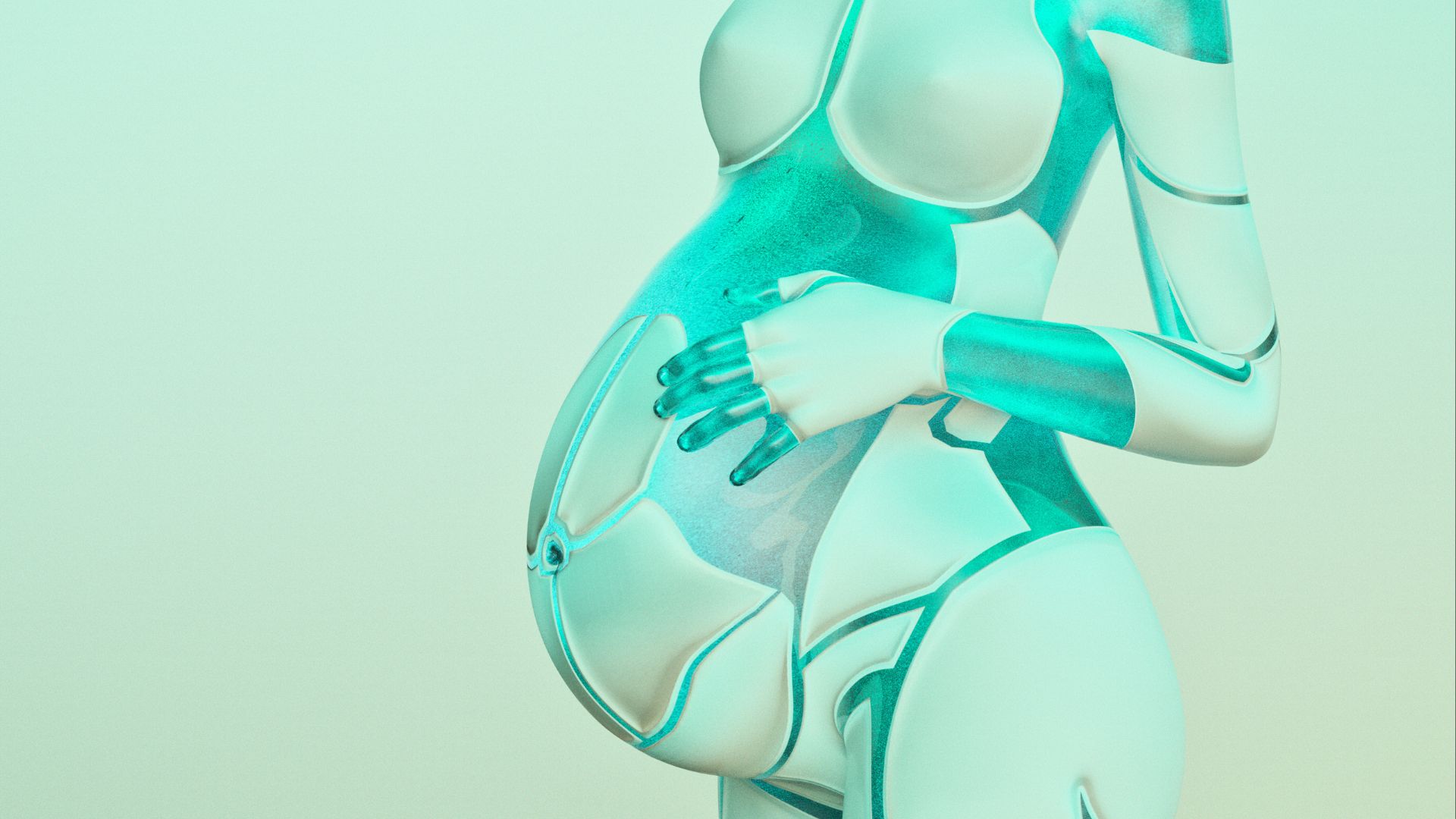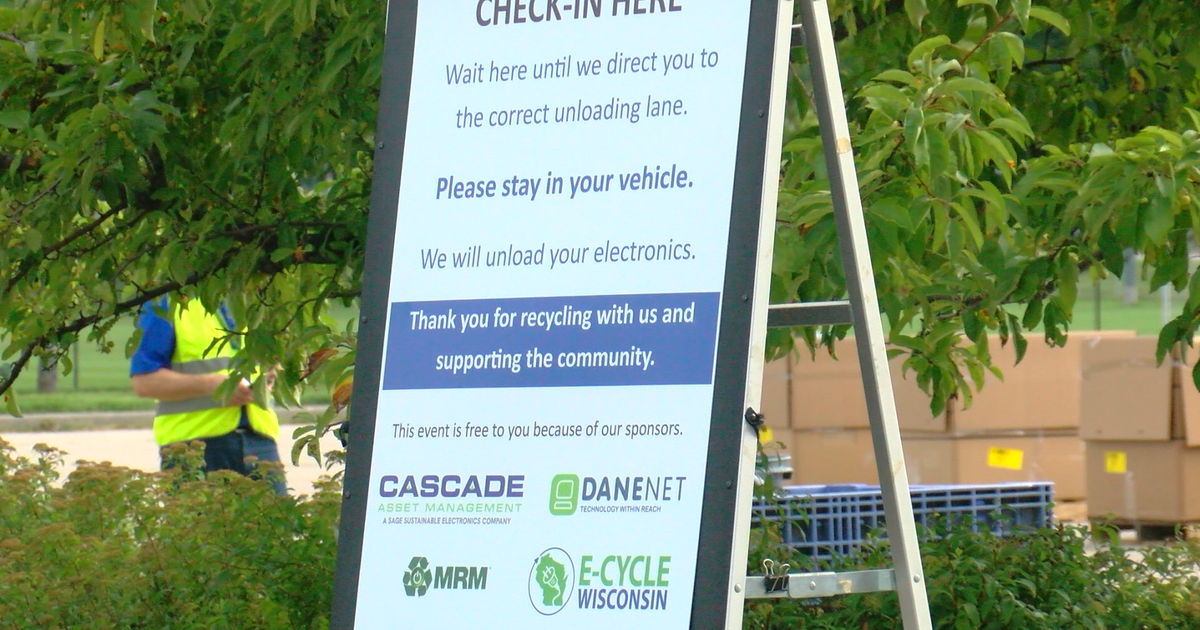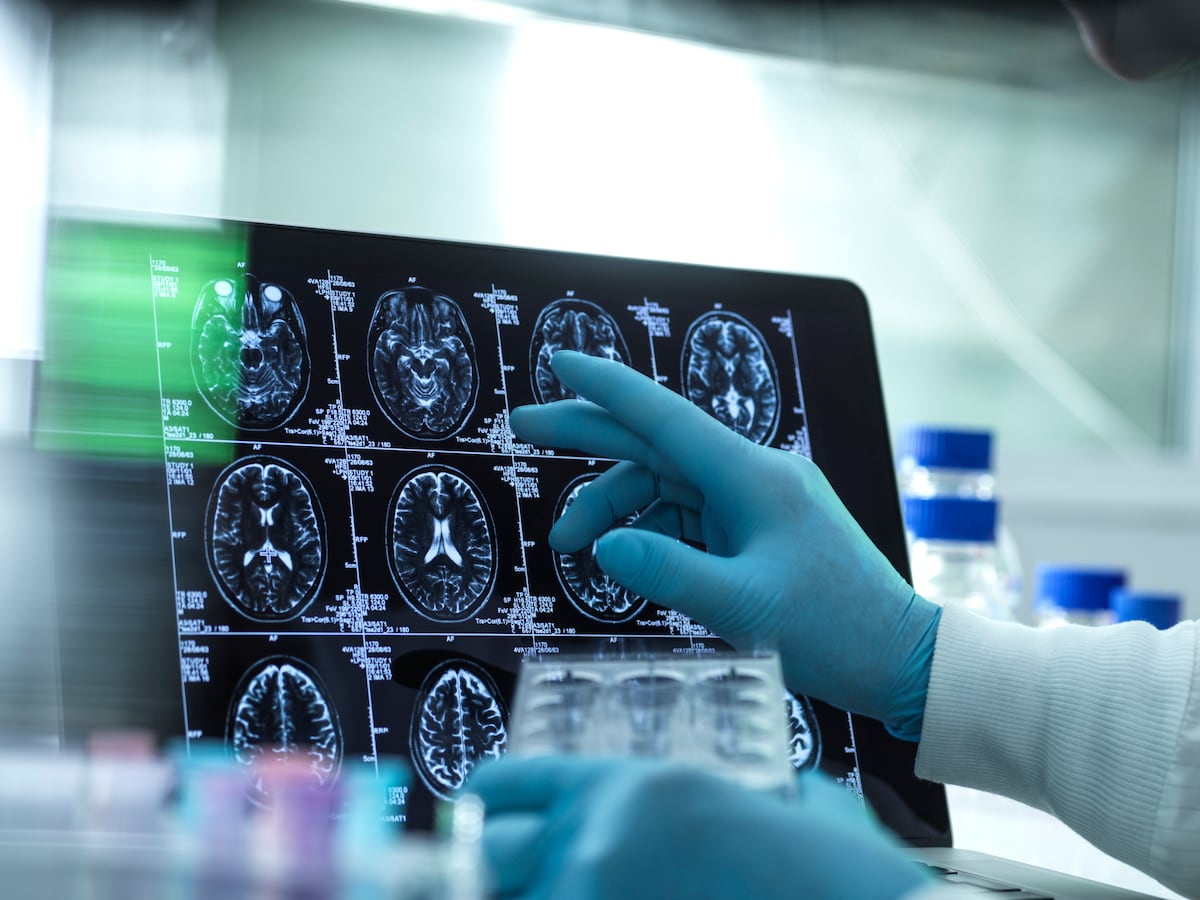Could a 'Pregnancy Robot' Ever Be Real? Separating Fact from Fiction in Viral Tech Claims

A bizarre story about a Chinese scientist developing a 'pregnancy robot' went viral this week, sparking a frenzy of online discussion. While the claims have been debunked as entirely fabricated, the concept has raised a fascinating question: could technology ever advance to the point where artificial wombs or robotic gestation become a reality?
The initial story, which spread rapidly across social media platforms, described a scientist named Dr. Chen Wei claiming to be on the verge of unveiling a robot capable of carrying a fetus to term. The accompanying images, supposedly showcasing the device, were quickly identified as AI-generated and the scientist herself was determined to be non-existent. The whole narrative was a complete fabrication.
Why Did It Go Viral?
The story's virality highlights our fascination with futuristic technology and the ease with which misinformation can spread online. It also taps into deeper anxieties and hopes surrounding reproduction, parenthood, and the potential for technology to reshape human life.
The Science Behind the Fiction: Is There Any Possibility?
While a fully functional 'pregnancy robot' remains firmly in the realm of science fiction, the underlying scientific concepts aren't entirely outlandish. Significant progress has been made in areas that could, in theory, contribute to artificial gestation in the distant future:
- Extracorporeal Membrane Oxygenation (ECMO): This technology, already used to support critically ill premature babies, demonstrates the ability to provide life support outside the womb.
- Artificial Wombs Research: Scientists are actively researching artificial wombs, particularly for extremely premature infants. These systems aim to mimic the conditions of the natural womb, providing nutrients, oxygen, and a stable environment. Early prototypes have shown promise in supporting the development of animal fetuses.
- Bioreactors and Tissue Engineering: Advancements in these fields could potentially allow for the creation of artificial organs and tissues, including those involved in fetal development.
- Robotics and Automation: Sophisticated robotic systems could be developed to monitor and regulate the artificial womb environment, ensuring optimal conditions for fetal growth.
Ethical Considerations and Challenges
Even if the technological hurdles could be overcome, the development of artificial gestation raises profound ethical questions. Concerns about the potential impact on family structures, reproductive rights, and the very definition of parenthood would need to be carefully considered. Furthermore, the technical challenges are immense. Replicating the complex hormonal environment, immune system support, and physical interactions of a natural pregnancy would be an extraordinary feat of engineering.
The Takeaway
The 'pregnancy robot' story serves as a cautionary tale about the spread of misinformation online. However, it also sparks a valuable conversation about the potential—and the potential pitfalls—of future technologies that could fundamentally alter how we reproduce and raise the next generation. While a robot carrying a baby to term is currently impossible, the ongoing advancements in related fields suggest that the future of reproduction may be more transformative than we currently imagine. For now, it’s a fascinating thought experiment, prompting us to contemplate the boundaries of science and the implications for humanity.






